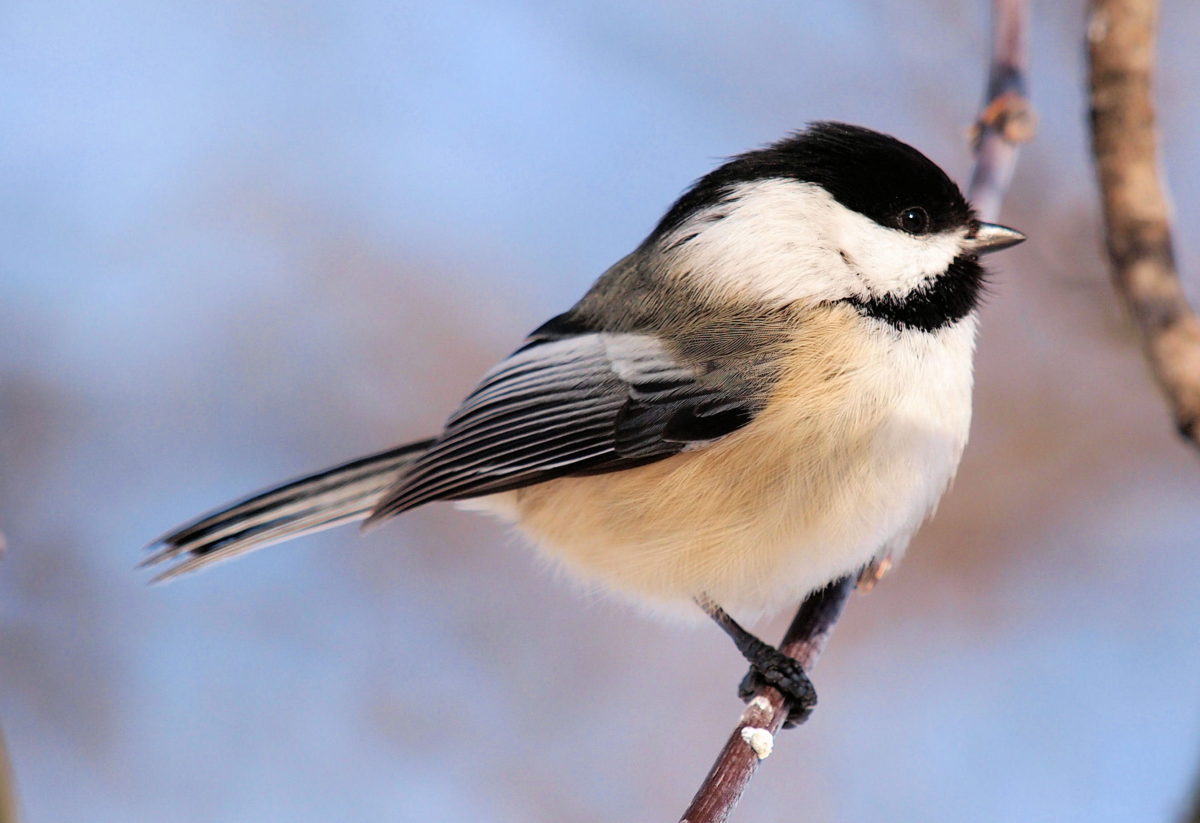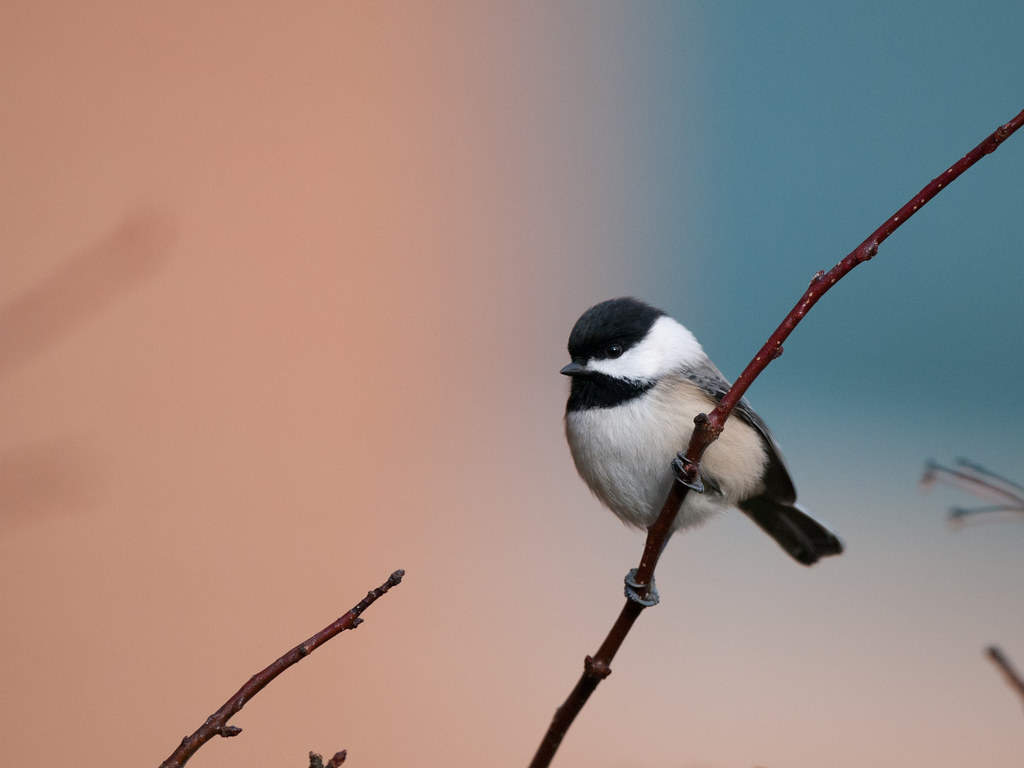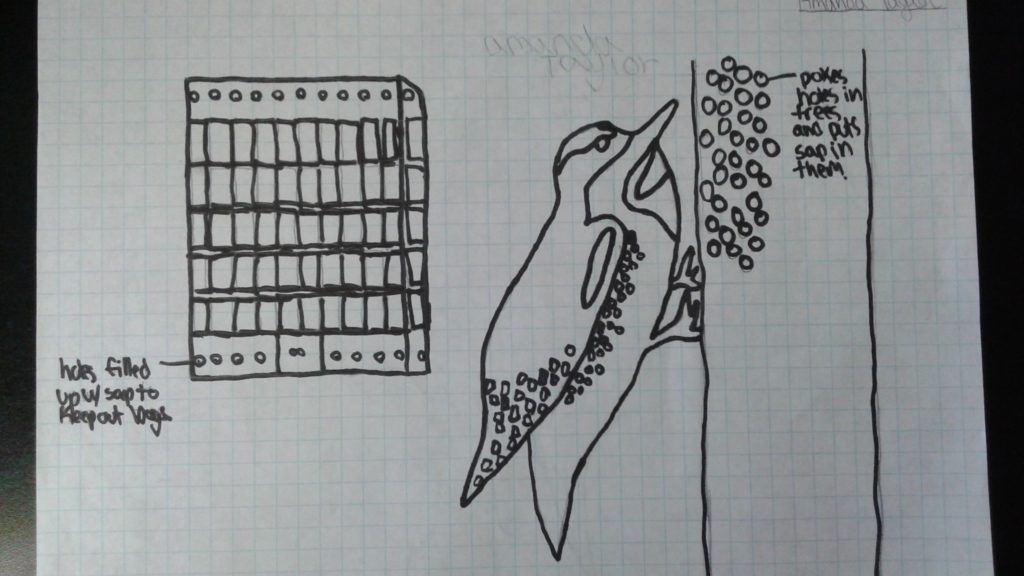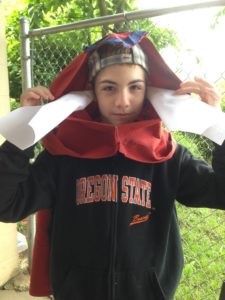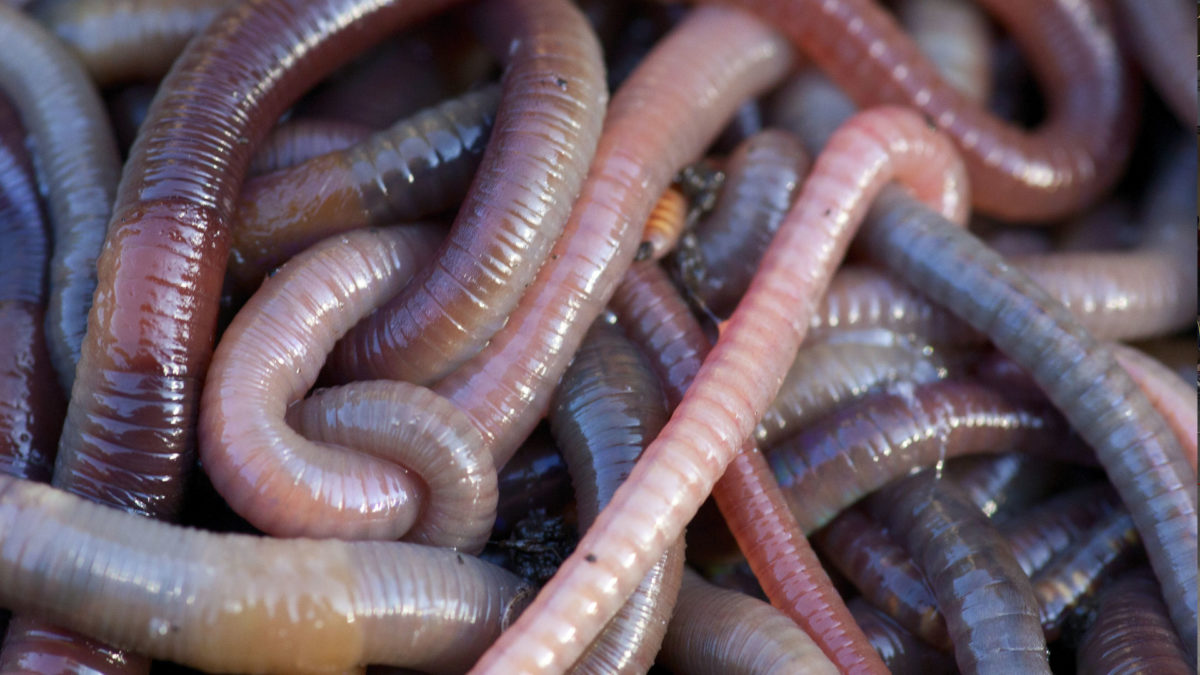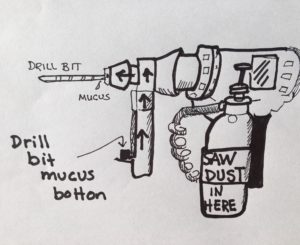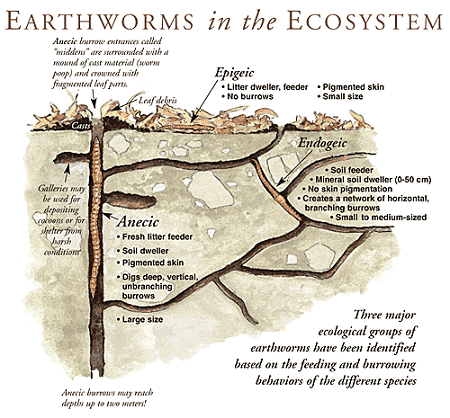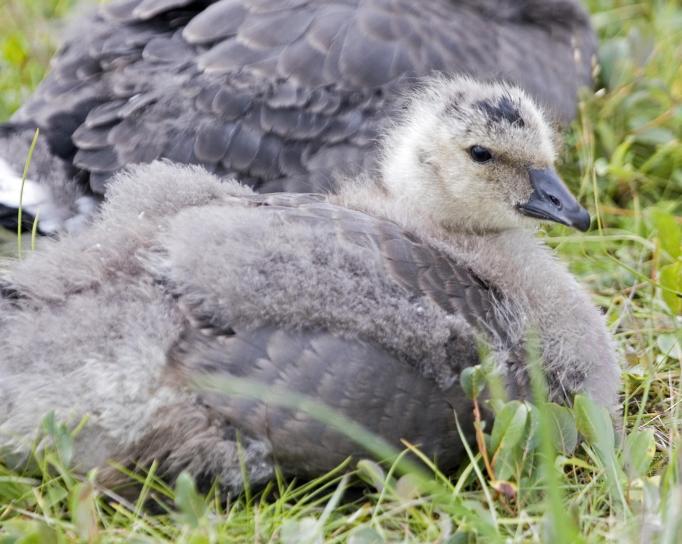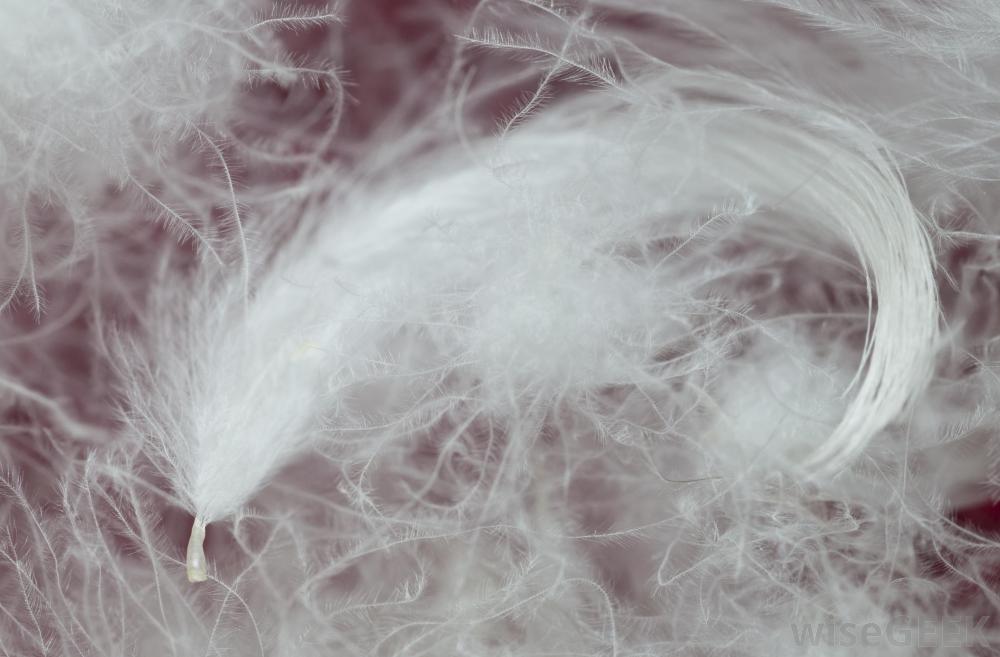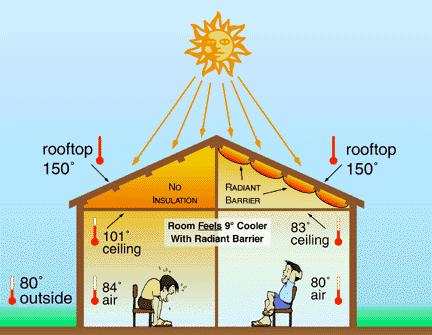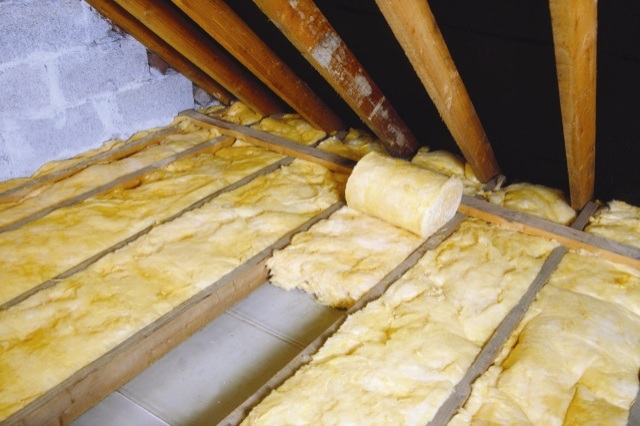Problem:
Buildings lose too much heat.
Biomimicry Idea:
Mimic a Chickadee. When chickadees are cold, they fluff up their feathers with air making them the shape of a beach ball. To make it so buildings don’t lose heat.
My idea is to make a building that has beach ball like pockets where the insulation is, to minimize the heat loss or to keep the house cool in the summer. The pockets are attached to the wall, and when the house temperature is too hot or too cold, the beach ball will be filled with air with a pump in order to “fluff up ” the insulation like a chickadee. The pump will be turned on by people using their exercising machines that produce power for the pump in order to turn it on and fill the beach balls with air. This will be done in addition to the insulation that is already there. The insulation will be substituted with mineral oil so it will be possible to drain the insulation (insulation will drain out bottom of pocket) and (the air will drain out the top).
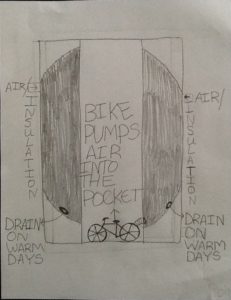
How does nature keep chickadees warm?:
Chickadees stay warm by huddling in contained spaces together and puffing up their bodies.
